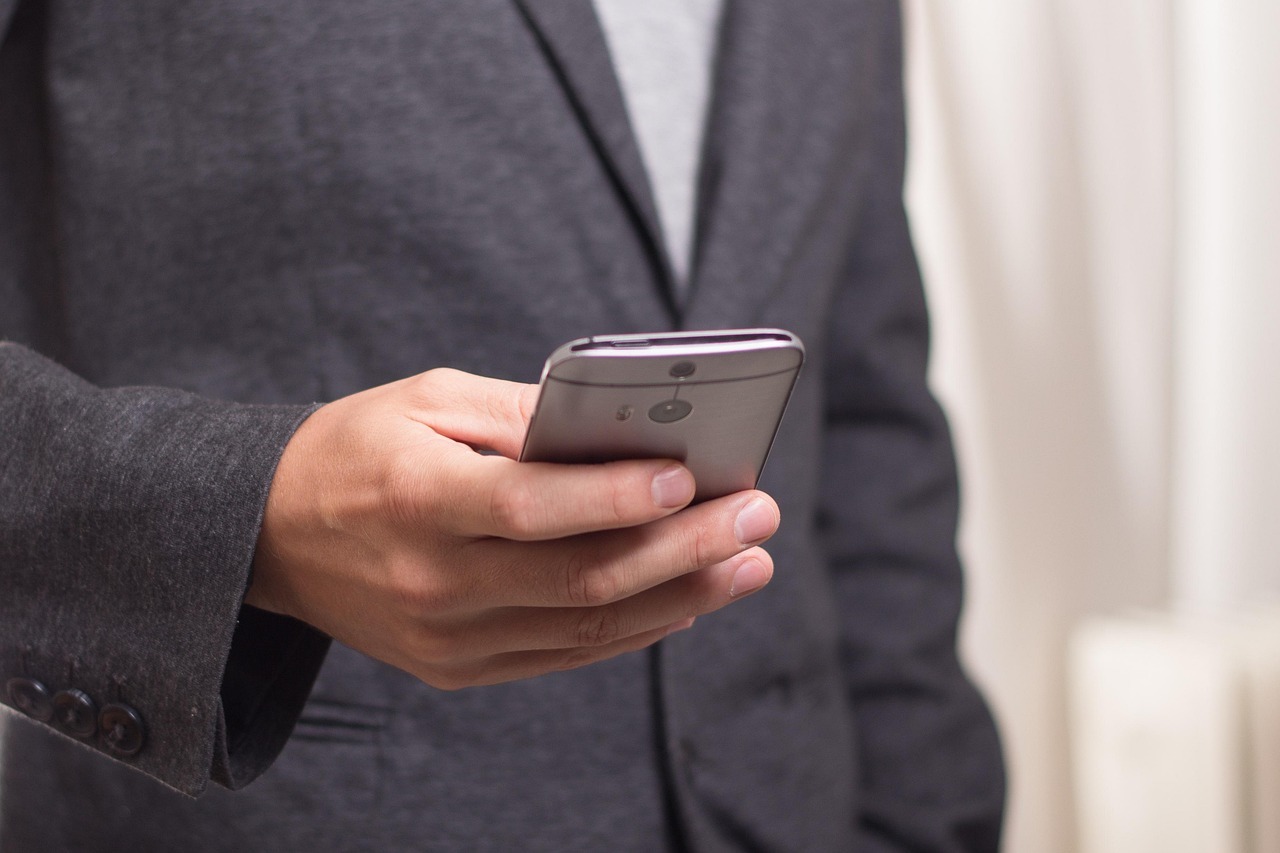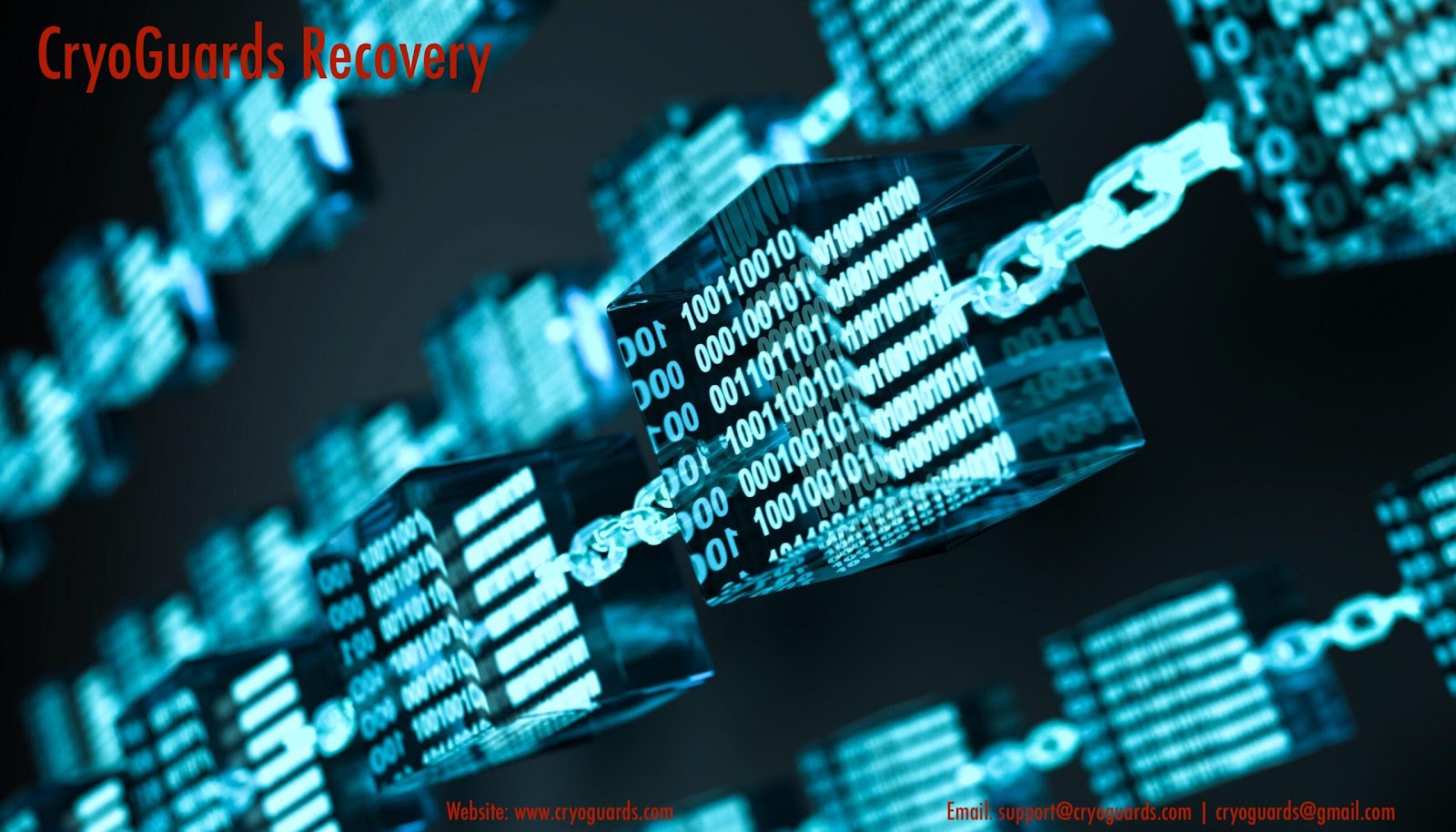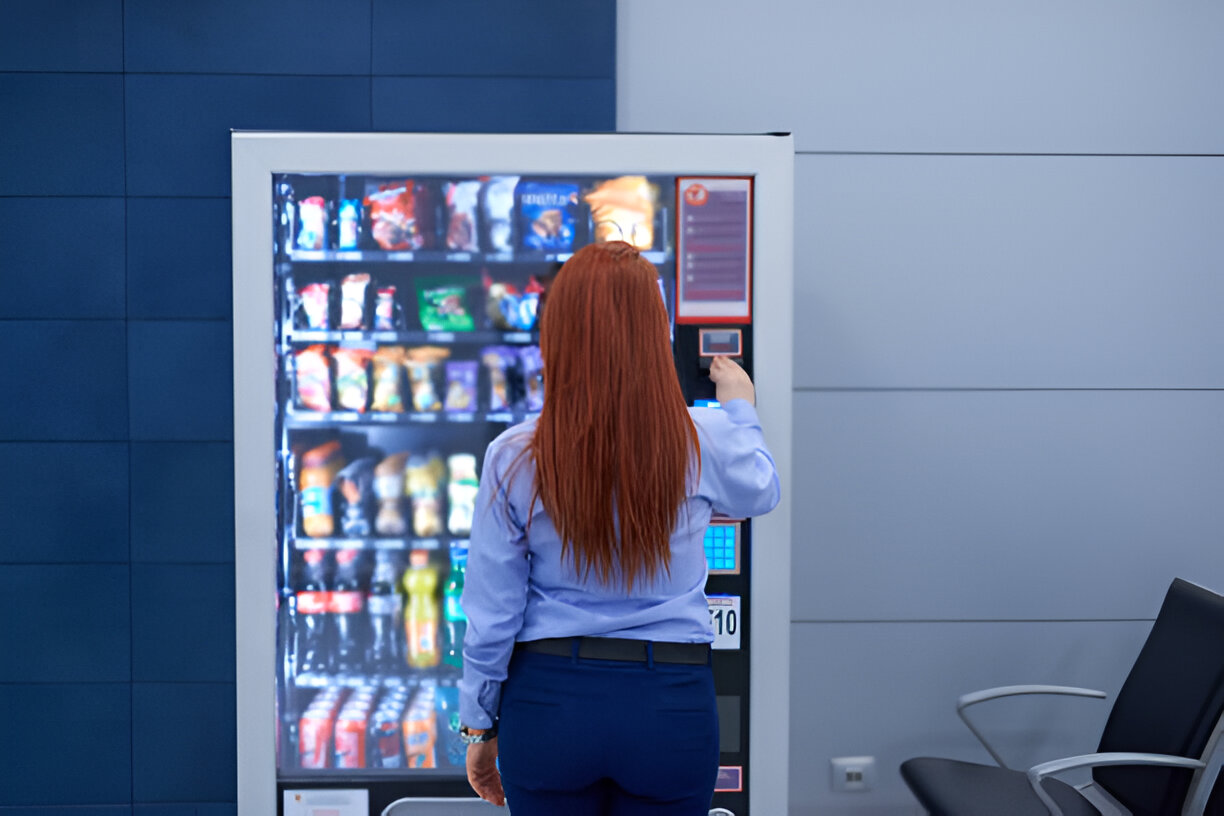Every time you slip on walking shoes or glance at a weather app, you’re nudging fate with a silent bet. Do I leave now, or wait for that “40% chance of rain”? Is it worth swapping a quiet evening in for a pricey theatre ticket that might sell out? These small attempts to forecast life’s whims—balancing hope, risk and reward—are all about probability in action.
It’s easy to shrug and say, “It’s just common sense.” But framing our daily choices as informal gambles can feel surprisingly vivid. That flutter of uncertainty when you decide to take the scenic route home? You’re running a cost-benefit analysis in your head—and the currency is chance.
Our lives are stitched together by countless low-stakes wagers. Think back to today alone:
Did you gamble on filling up with petrol before the price hike?
Were you daring enough to book concert tickets early—or did you risk a sell-out?
Maybe you opted to cook at home, weighing the chance that your pasta will actually taste better than your local takeaway.
Each micro-bet reshapes our day in small but noticeable ways.
Weather forecasts push us into mini-auctions with ourselves. A 30% likelihood of drizzle in Brighton might prompt you to pack an umbrella or dash for the car. And when you stash a few pounds into a pension pot, you’re essentially trading today’s spending for tomorrow’s payoff—tipping the scales of possible outcomes in your favour as you edge toward retirement.
Ever paused to wonder why online slots feel so compelling? Even outside gaming, concepts like understanding casino odds help explain why risk and reward shape so many human choices. We “bet” on the school run beating rush-hour chaos, download an app with in-game purchases or sign up for higher-risk insurance to shave a few pounds off monthly premiums. Every move mirrors the same principle: assess the odds, then press your luck.
Here the stakes feel higher. Cardiovascular disease accounts for about a quarter (26%) of all deaths in the UK. This is a blunt reminder that health isn’t just about willpower, but about those invisible percentages that hover behind every lifestyle decision. And if you’re thinking of quitting smoking, here’s a telling figure: after one year smoke-free, your risk of a heart attack drops to roughly half that of a smoker.
These aren’t abstract stats on a PowerPoint slide; they’re life-changing odds that nudge us toward healthier routines, from blood-pressure checks to swapping that extra latte for a dash of green tea. This underscores the impact of probability on health choices and how understanding those odds can steer us toward better outcomes.
Ultimately, probability isn’t a remote academic tool. It’s the everyday compass guiding umbrellas, theatre bookings, gym memberships—even that cheeky extra slice of cake when you judge the odds of running an extra mile tomorrow. Though we can’t eliminate uncertainty, we can learn to read its cues, tilt the margins in our favour and—yes—embrace a little controlled risk every now and then.
What about you? How does probability affect your daily life? Share your story in the comments below.




Want to add a comment?